Hannah Maynard (née Hatherly) (1834, Bude, Cornwall, England–1918, Victoria, British Columbia)
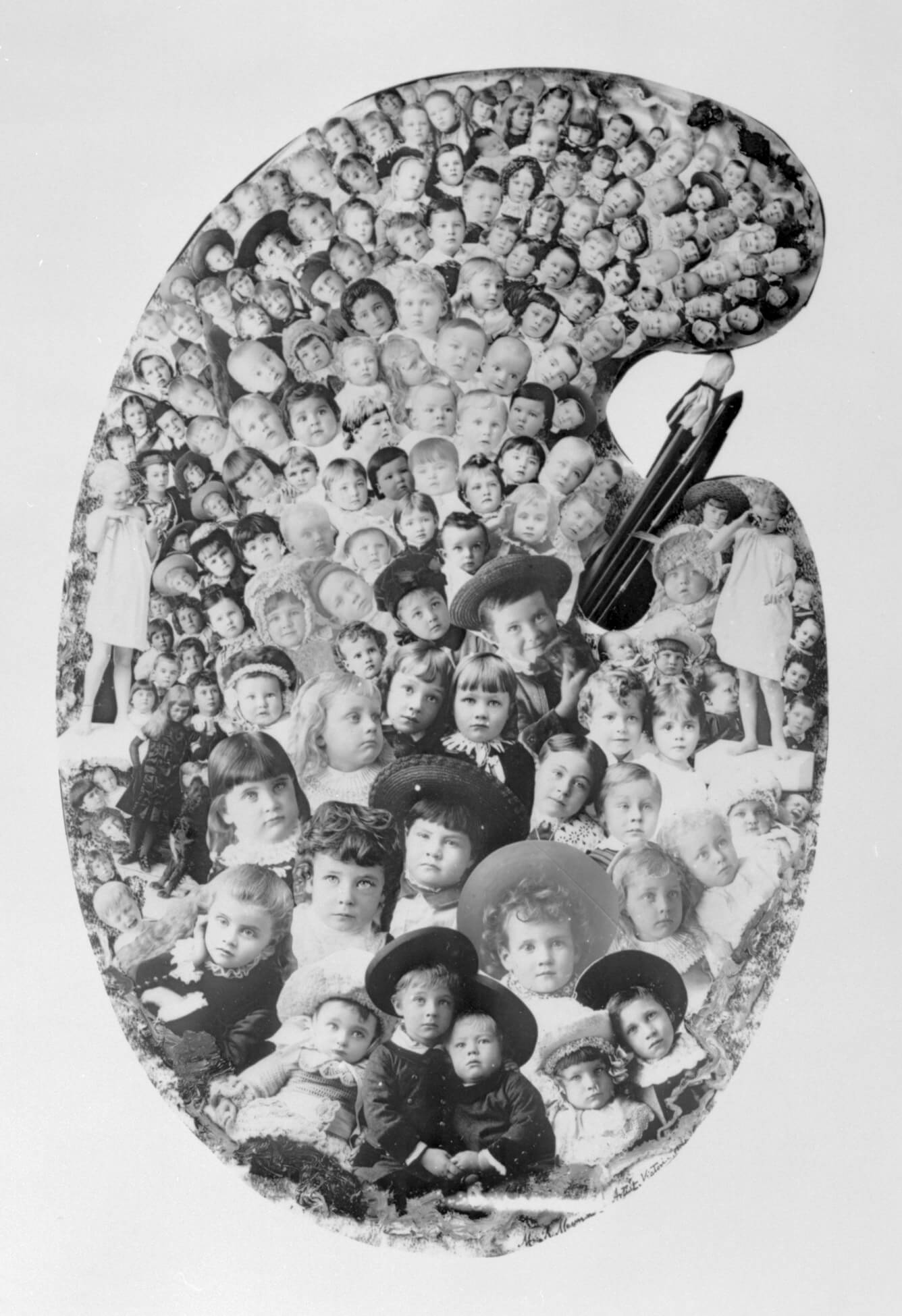
Gems of British Columbia for the year 1884, 1884
Black and white glass plate negative, 16.5 x 21.5 cm
BC Archives, Royal BC Museum, Victoria
Gems of British Columbia for the year 1884 is one of a notable series of photomontages of child portraits that Hannah Maynard (1834–1918) began in 1881. Issued annually for seventeen years, the project stands as one of her most original contributions to photography and leveraged her reputation as a skilled photographer of babies and small children. Known as the Gems of British Columbia, the innovatively designed composites were sent to each of her client families and were advertisements for the studio. With the high rate of infant mortality at the time, having and raising the next generation was a significant challenge for all Canadians. Maynard was playing to the desire to mark each birth and record growing families. However, it was typically only settler families who had the means to do so with photographs. Many photographers specialized in portraits of children, but Maynard’s creative techniques and ownership of her own studio set her apart.
Maynard immigrated from England in 1852 with her husband, Richard Maynard (1832–1907), settling first in Bowmanville, Ontario, before moving to Victoria in 1862 and opening Mrs. R. Maynard’s Photographic Gallery. Enticed by the gold rush, Richard had moved west in 1858 and it was while she was caring for their children in Ontario that she learned photography. After opening her studio in the burgeoning frontier town, she taught Richard, who served as a photographer on government inspection tours to Indigenous communities and became known for his landscape images. He continued his work as a bootmaker in Victoria and from 1874 the couple operated the studio and shoe shop in one building.
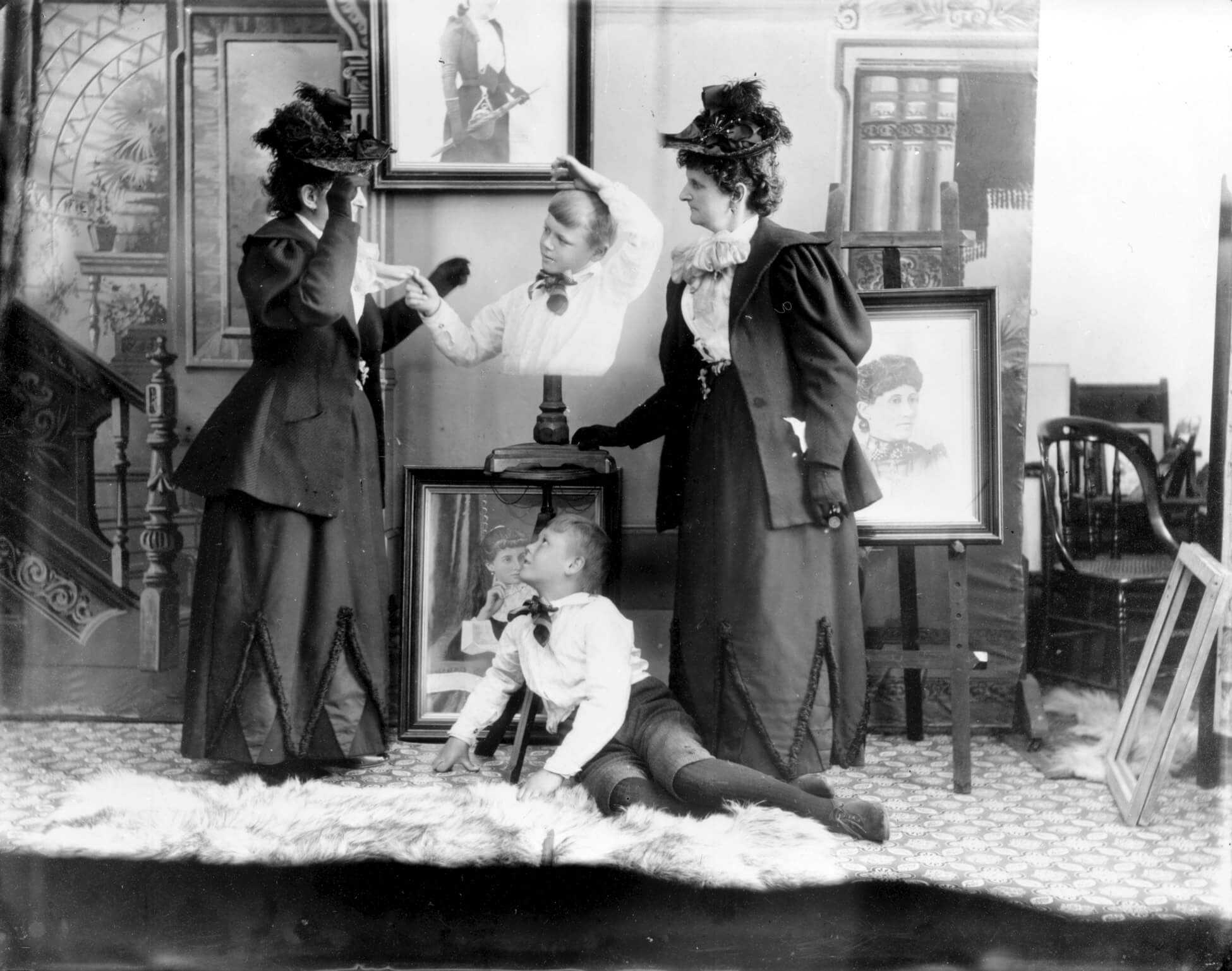
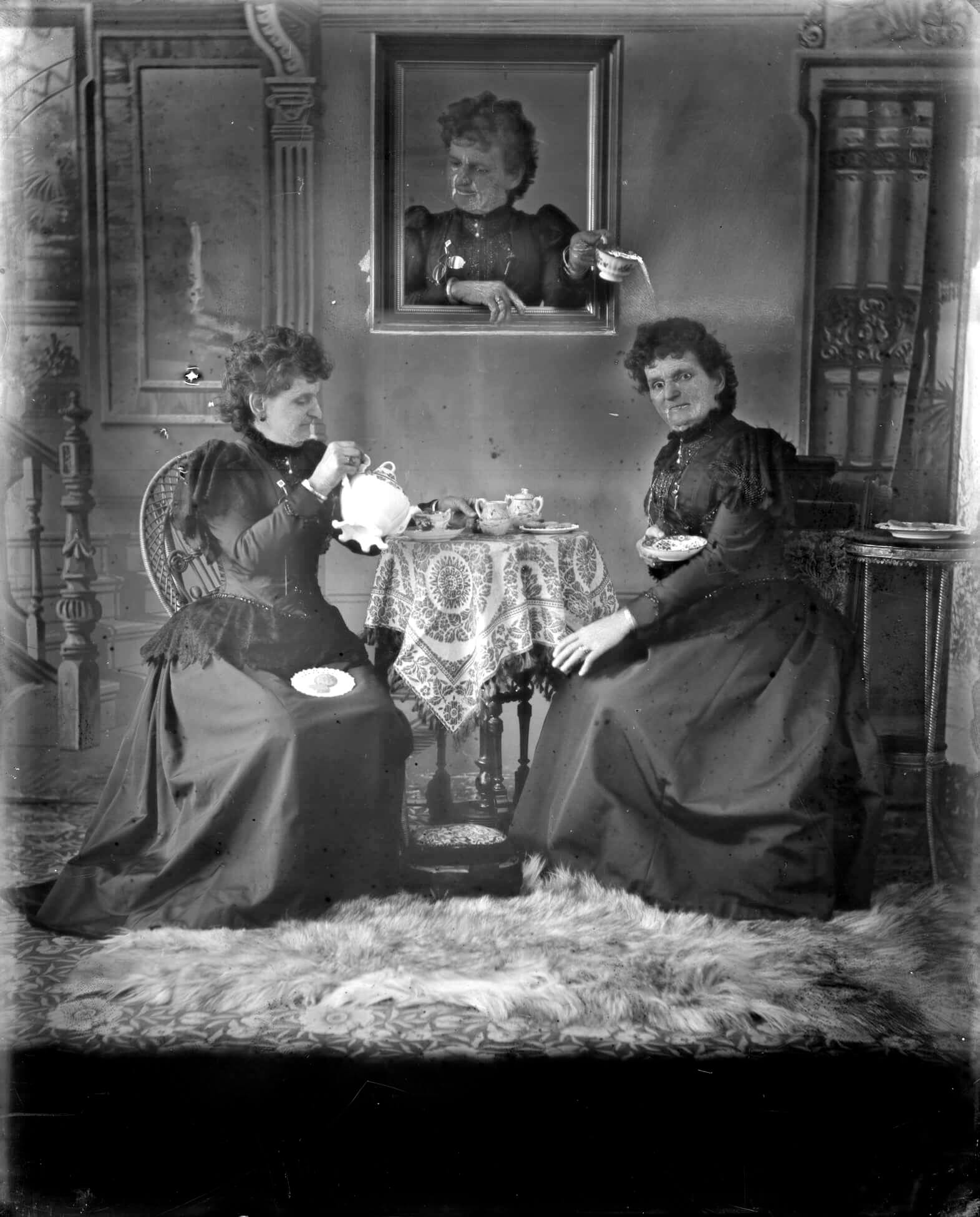
Maynard focused mainly on portraits and promoting and running the successful studio, but she is also known for technically and conceptually experimental work using multiple exposures from the 1890s. Many of these photographs are self-portraits and portraits of her immediate family at home or in the studio, as in Hannah Maynard and her grandson, Maynard McDonald, in a tableau vivant composite photo, c.1893. The photographs play with the gendered and class conventions of her day, such as the rituals of tea and of feminine comportment—these notably appear in Hannah Maynard in a tableau vivant composite photo, c.1893–97. Others employ symbolic flowers and embedded portraits that point to the untimely deaths of Hannah’s daughters: Lillie, who died in 1883 at age sixteen of typhoid fever, and Emma, who drowned in 1888.
In addition to her studio portraiture and more experimental artistic photography, Maynard also worked for the government and as an ethnographic photographer. For several years around the turn of the century, Maynard held a contract with the Victoria Police Department to photograph both officers and prisoners, who were brought to her studio. Most of these were set up as straight headshots more akin to the modern mugshot, though there are exceptions that display Maynard’s renowned creative flourish, including One of Mrs. Maynard’s Victoria Police Department photos; Belle Adams, charged with the murder of Charles Kincaid; received five years for manslaughter, 1898. Maynard is celebrated today for the range and quality of her professional and creative work.

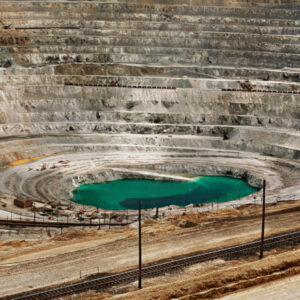 About the Authors
About the Authors
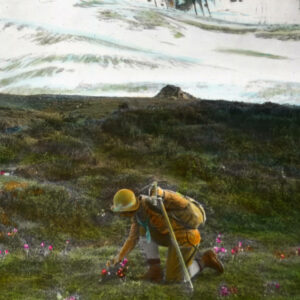 More Online Art Books
More Online Art Books
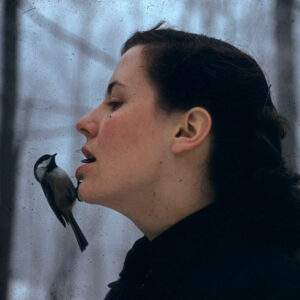 Acknowledgements
Acknowledgements